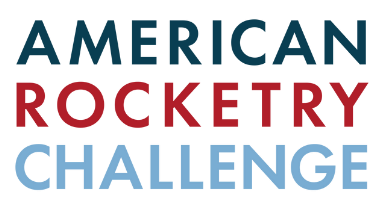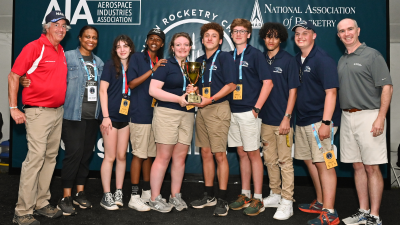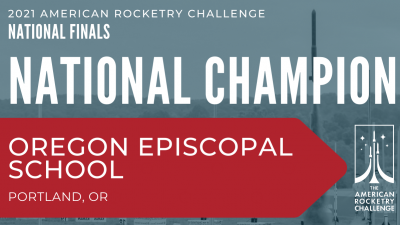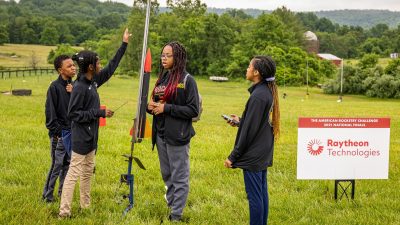By now, you’ve read and understood the rules and are excited to launch. But hold onto your engines, captain! Before you’re ready to fly, check out our top 10 tips for how to succeed in the 2019 Team America Rocketry Challenge:
1. Practice Makes Perfect (and Prevents Scrambled Eggs)
If you have never done model rocketry before, build and fly a simple rocket first BEFORE the competition. We recommend an Estes kit for your first time!
2. Who Ya Gonna Call…Your Mentor!
Reach out to an NAR mentor early for advice on how to build a rocket, where to get your rocketry supplies, and where to let it fly.
3. Seize the Day (And the Money)
Develop a budget, build a schedule and divide and conquer with roles and responsibilities. You’ll need to raise the money it will take to be successful. A typical budget is between $500 and $1000, including your entry fee and one altimeter, plus the parts for two rockets and the rocket motors for 13 flights – at least 10 practice flights and your 3 official qualification flights (but not launch equipment or travel to the Finals).
You’ll also need to schedule when your practice flights and qualification flights will take place, as well as your overall working schedule. And remember: Teamwork makes the dream work!
4. Rocket Around the Christmas Tree
Get your initial design done before the holidays to stay well ahead of schedule! Use one of the computer programs to see if it will be stable in flight and how high it is likely to go with which rocket motor well before you build it.
5. Launching Your New Year’s Resolution
Do your first flight test by sometime in January in case you have to do a major change in your design or your rocket crashes. That way, you’ll have plenty of time to recover before the qualification flight deadline of April 1, 2019. (You’ll also have time to do several of flight tests before this deadline…)
6. Testing…1, 2, 10?
Conduct several flight tests of your design (we recommend AT LEAST 10) and record data on each test (rocket weight, motor type, altitude and duration; wind and temperature conditions; launch angle) so that you can make the right adjustments to hit the target flight performance.
7. Houston…We have a Qualification Flight
Figure out who your official NAR flight observer will be for your qualification flights, and make sure that you know when they are available well in advance. Keep in mind that they are volunteers and may not be able to drop everything they are doing on short notice to support you.
8. Third Time’s the Charm?
Remember you’re allowed up to three qualification flights, and the best two scores count for determining if you make the finals. These flights must be declared to an NAR observer before launch, and there are no “do-overs” for flights that do not have good scores; every official flight must be reported.
9. This is Not Your Homework: Don’t Procrastinate!
Complete your qualification flights and submit the scores by the deadline of April 8; DO NOT wait until the last weekend to fly and just hope that the weather will be perfect and an NAR observer will be available!
10. Show Me the Money!
If you have a very good combined two-flight score from your qualification flights, develop your plan to fundraise for the TARC Finals, in case you are one of the 100 top teams that are announced on April 12, 2019.



